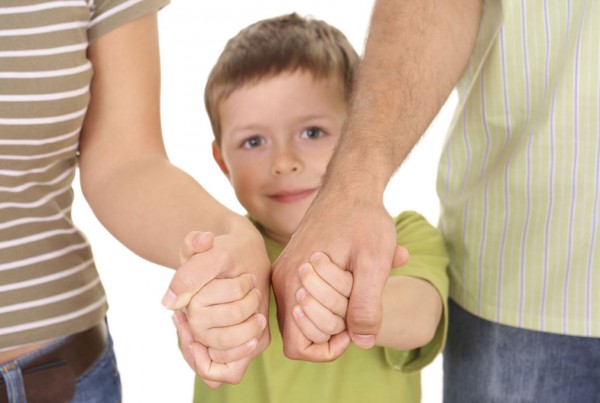
Here’s some wonderful news: You have 100% control of whether there is conflict in your relationship. 100%, the whole thing. How exciting is that? Does it seem unbelievable? Well, think about it. Arguing is like a tug of war. Both people are pulling on their ends of the rope. The rope is stretched tight, with lots of tension on it. But what if you refused to pull? What if when your partner pulled, you just walked towards him or her? The rope would be soft and slack. It could not be tensed.
David Burns, author of “Feeling Good Together”, says the problem in relationships is blame – not that someone is or isn’t to blame, but rather that someone is engaging in blame. It is the act of blaming that is the problem, not whether someone is blameworthy. When we blame, we pull on the rope. Other behaviors also pull on the rope, like defensiveness, which is a form of blame. When we learn how to engage with our partners without those behaviors, and yes it is doable, we release the tension on the rope.
So, great idea, right? Who doesn’t want a closer, warmer, non-blaming relationship? But how do we get there? In some ways, it is very easy. There are a few basic ways to respond to your partner that will give you positive results. For example, if you notice your partner is upset, speak to her/his feelings first, rather than the topic. It looks like this:
Chris: I can’t believe your father talked to us that way. That was so disrespectful!
Kelly: I can see how hurtful and upsetting that was for you.
This is speaking first to the feelings, rather than the topic. Learning strategies like this is a key step to letting go of blame. David Burns’ book can teach you these. But it takes more than learning strategies. It takes a deeper personal change and that’s because blame is about fear.
What do we fear when we blame? One fear we have is that our partners are deliberately choosing to behave in ways that hurt us or make us feel unimportant. That’s a scary thought. If our partners are truly choosing to hurt us then the follow-up fear from that is “that means my partner is not a kind and caring person”, and from there we fear “this is not fixable”, and “I’ll keep on getting hurt forever” and so on. It’s a cycle of scary thoughts all arising from the initial fear that our partner is choosing to be hurtful.
Once we are cycling in fear, it is hard to stay emotionally grounded enough to not pull on our end of the rope. When we have fear, our survival instinct kicks in, encouraging us to fight or flight or freeze. When survival instincts come to play, it is easy to get pulled into blaming your partner. In the example above, you would know Kelly’s survival instinct was driving the bus if she responded with “How dare you criticize my family?”
What we want to do is have our social instincts engage rather than our survival instincts. Our social instincts encourage us to be kind, have compassion, be understanding, provide caring, and so on. In our committed relationships, we want to be acting from our social instincts more than our survival instincts. This takes work for all of us because the human brain ultimately cares about us staying alive more so than it cares about us being happy. Survival is a strong instinct.
To get the survival instinct to behave itself means managing fear. When it comes to relationships, this means fear about people. There are many paths to manage interpersonal fear, and I will only speak to one here and that is to foster compassion. Compassion is an antidote to fear. Compassion involves having tender feelings for someone’s pain. Compassion requires a nonjudgmental attitude. If you are looking for a starting point to grow your social instinct, I recommend learning how to be more compassionate and less judgmental.
When Kelly responded to Chris with “I can see how hurtful and upsetting that was for you”, that was compassion. In that moment, the cause of the upset wasn’t relevant, only that another person was suffering. Does that mean Kelly and Chris never try and come up with a solution for hanging out with Kelly’s family? Of course not. That has to be done. But it can’t happen when two people are pulling against each other on a rope trying to win the tug-of-war. It can only happen when they feel safe enough to drop the rope completely. That safety will come from communication that is free of blame.



